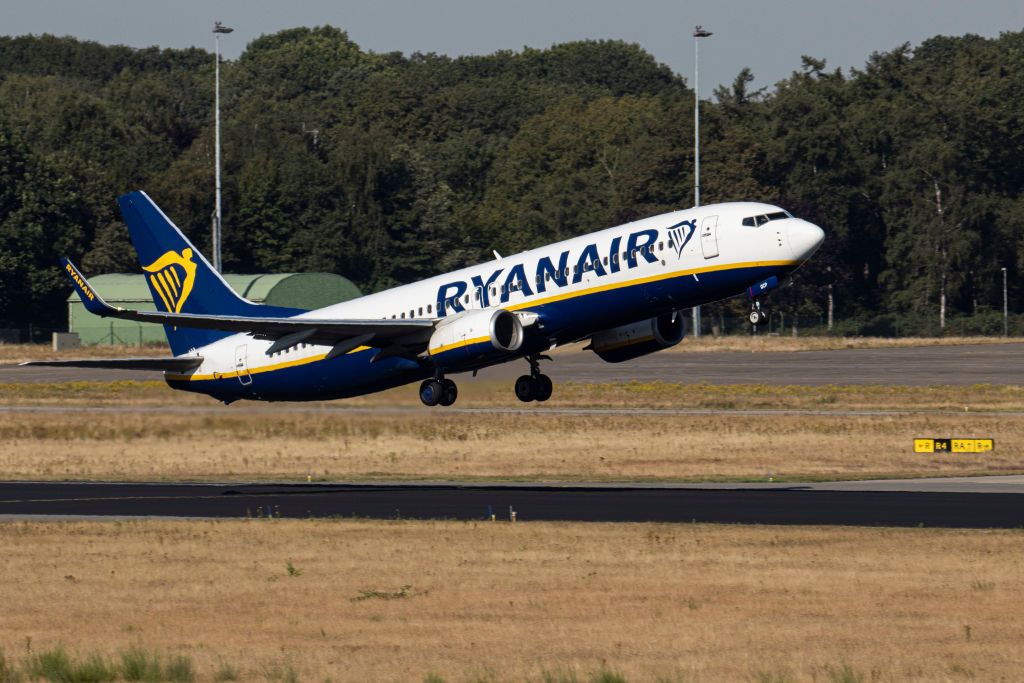Have you ever wondered if pilots can open cockpit windows? The simple answer is yes, when on the ground, for many aircraft types. This is mainly for emergency use but serves a few other purposes too. Let's take a brief look at this.
Emergency usage on the ground
On many aircraft types, pilots can open the side windows in the cockpit. The main reason for this is not for ventilation or vision; it is related to aircraft safety law. All aircraft should have a secondary exit available from the cockpit, to be used if the cabin door (and hence the main fuselage emergency exits) cannot be used.
On some aircraft, including the Boeing 747 and the newer Boeing 787 and Airbus A350, this exit requirement is met by installing a hatch in the cockpit ceiling. Pilots (and other personnel in the cockpit) can exit the aircraft through the hatch, and descend to the ground using ropes, rather than climbing out of the window.
On most other aircraft, this requirement is met with opening windows. The Airbus A320 family, A330, A340, and A380 all have opening windows, as does the Boeing 737 family, the 757, 767, and the 777. A panel near these windows usually contains an escape rope. This is thrown out of the window to aid descent to the ground.
Stay informed: Sign up for our daily and weekly aviation news digests.
Opening the window
But how exactly can pilots open the windows? After all, opening the windows during a normal flight would not be possible. This is because, when the aircraft is pressurized, the pressure would firmly hold the window in place and resist opening. When the aircraft is not pressurized, either on the ground or if depressurized during the flight (intentionally or due to an accident), then pilots can open them.
On most modern aircraft, the opening procedure is the same. The window is unlatched, and it then slides inwards into the cockpit and opens to the side.
A few other uses
Another major function of opening windows is to provide forward vision in the event of damage to the main cockpit window. If the window is damaged by a bird strike, icing, or volcanic ash, for example, it would be possible (at low altitude and with a depressurized cabin) to open the windows to see ahead.
The airline industry is always full of new developments! What aviation news will you check out next?
In the video below, a Boeing 737 pilot explains how this would work. He notes that while it would be very noisy, it would be possible as the aerodynamics of the nose creates an area by the windows with much lower airflow.
Open windows also provide a great way to get fresh air into the cockpit when on the ground. The crew will often also use them to communicate directly with ground staff. And there are many cases on special flights where the open windows have been used to display flags or banners. A great use, but certainly not a design feature!
Unplanned opening
Of course, there have been certain instances during the course of aviation history when cockpit windows have been the subject of unplanned openings. One of the most notable of these involved British Airways flight 5390 in June 1990. In this instance, a Malaga-bound BAC 1-11 lost a windshield panel over South Oxfordshire while climbing away from Birmingham due to improper maintenance.
Specifically, during a windscreen change, one of the new windows had been held in place with screws that were the wrong size, eventually causing it to blow out inflight. Despite the flight's Captain also being partially sucked from the aircraft, the First Officer was eventually able to maintain control of the jet and make an emergency landing in Southampton with no loss of life to anyone onboard.




.jpg)